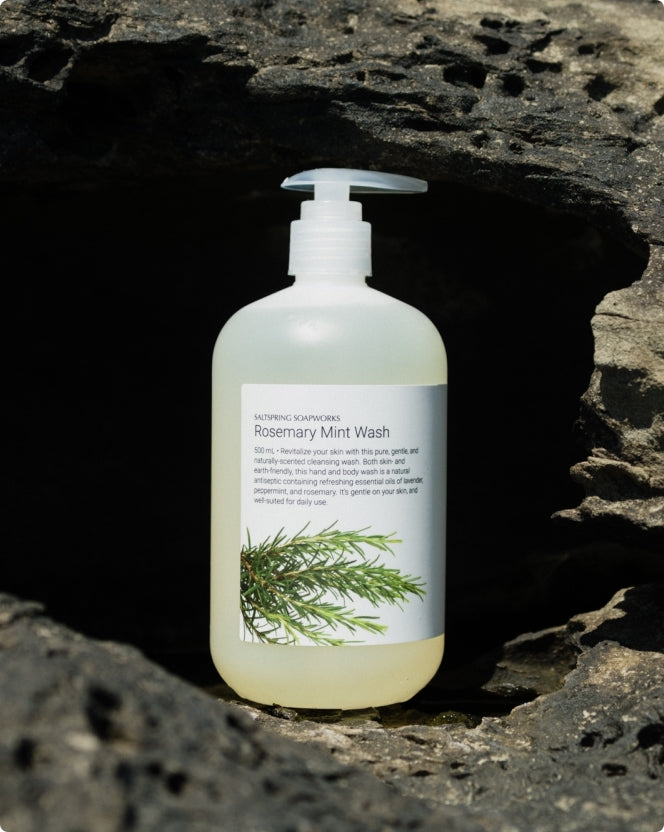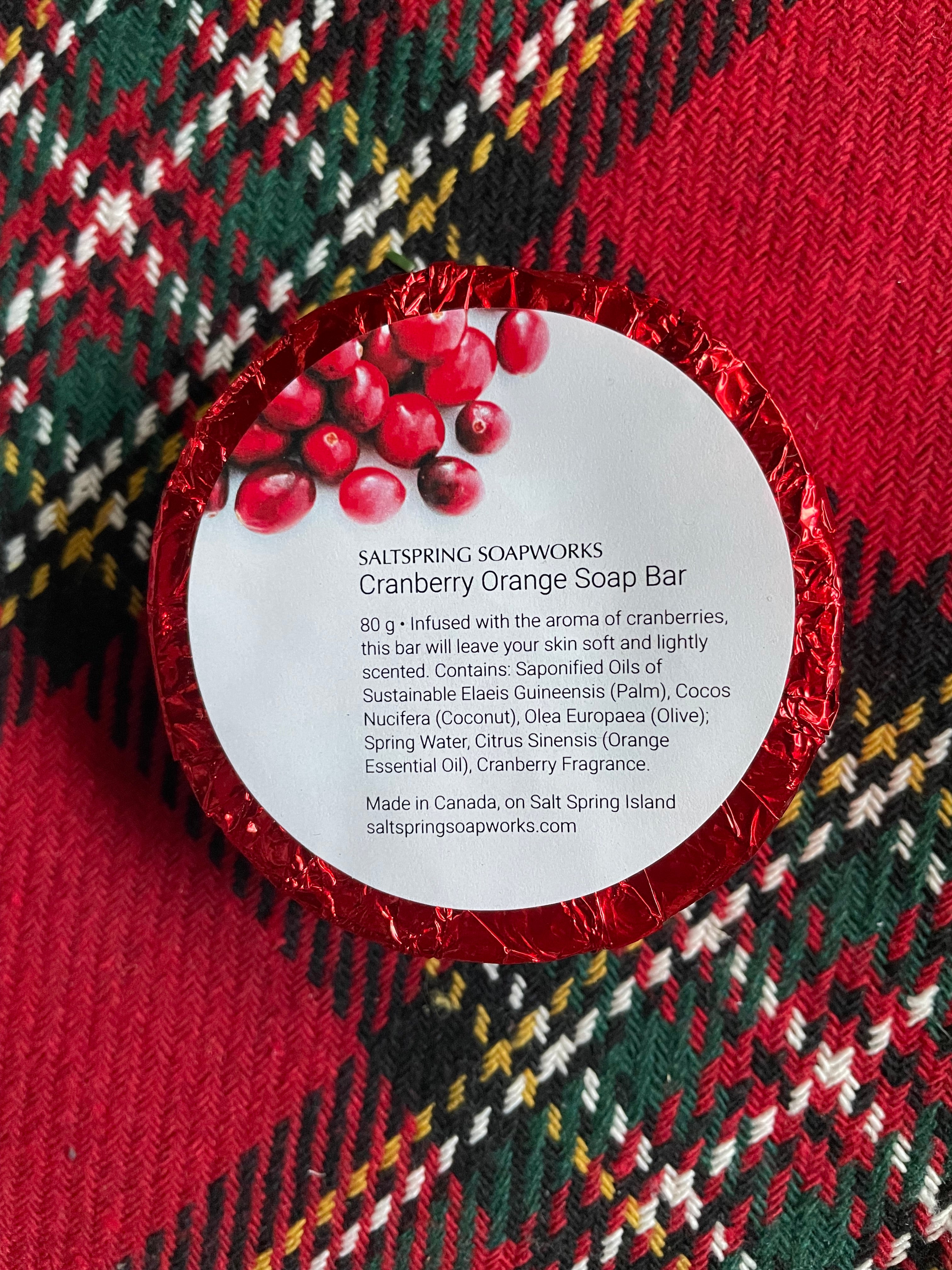Learn More About Our
Shampoo Bars
Our shampoo bars concentrate all natural shampoo into dense, complete hair care bars. These travel easily, and last longer than liquid shampoos. We make ours by hand, and pack them with essential oils, fresh ingredients, and revitalizing scents.
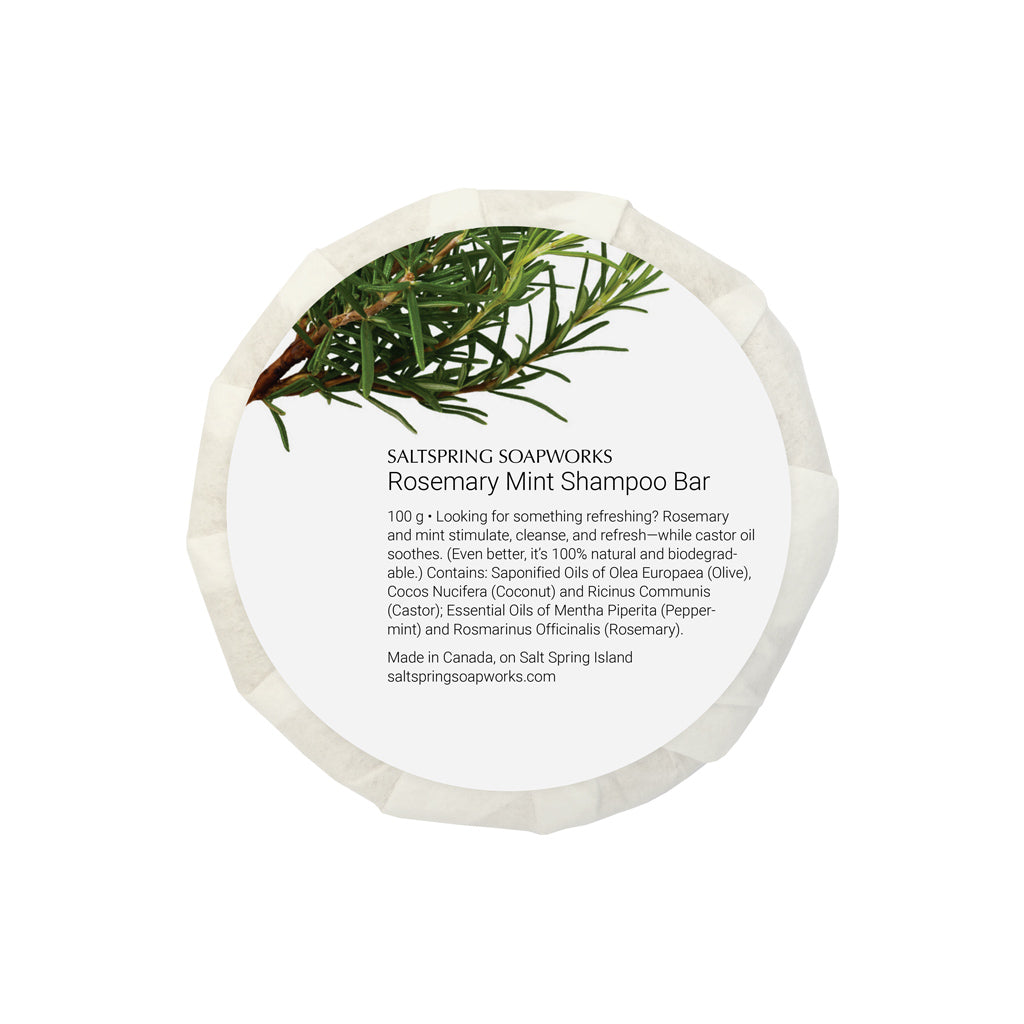
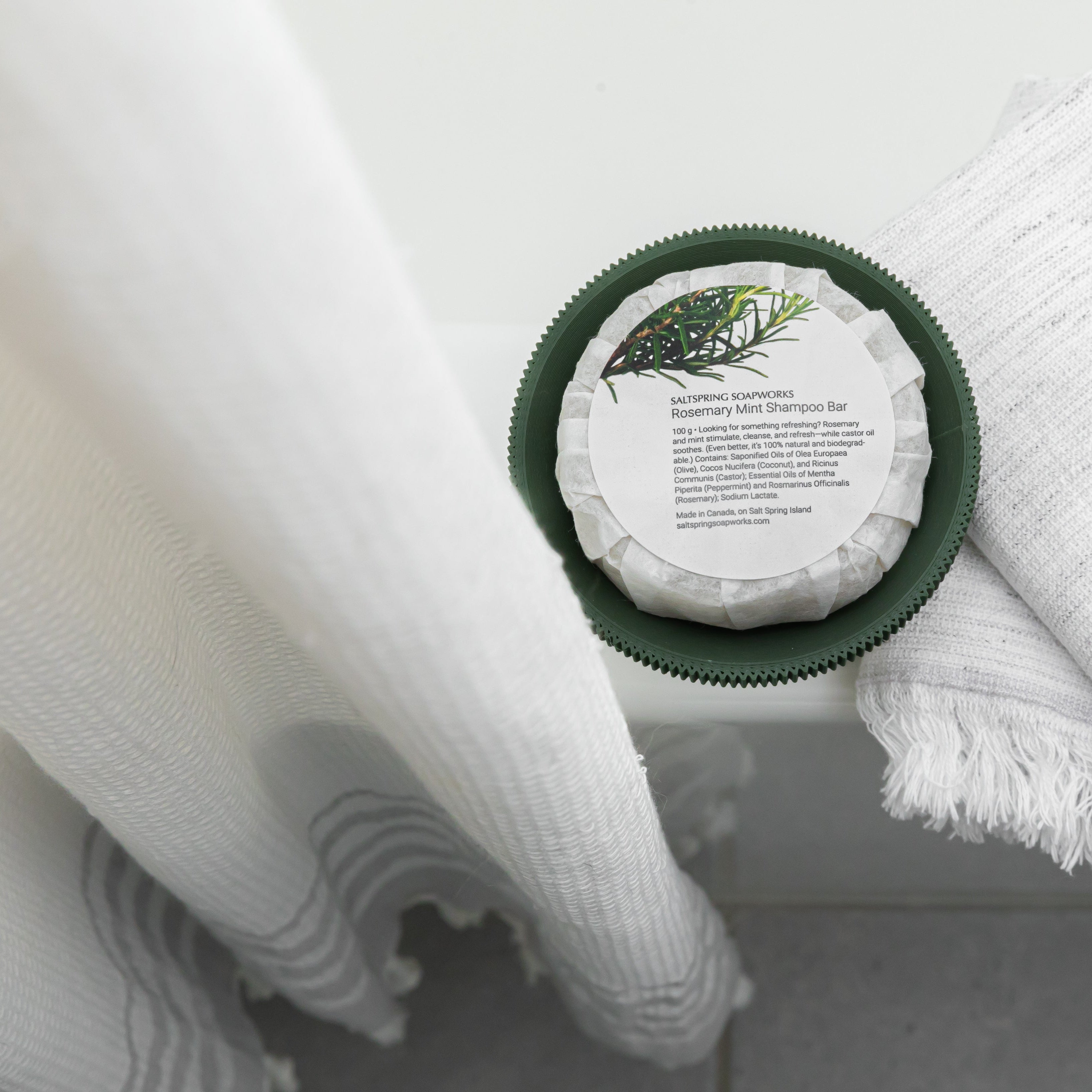
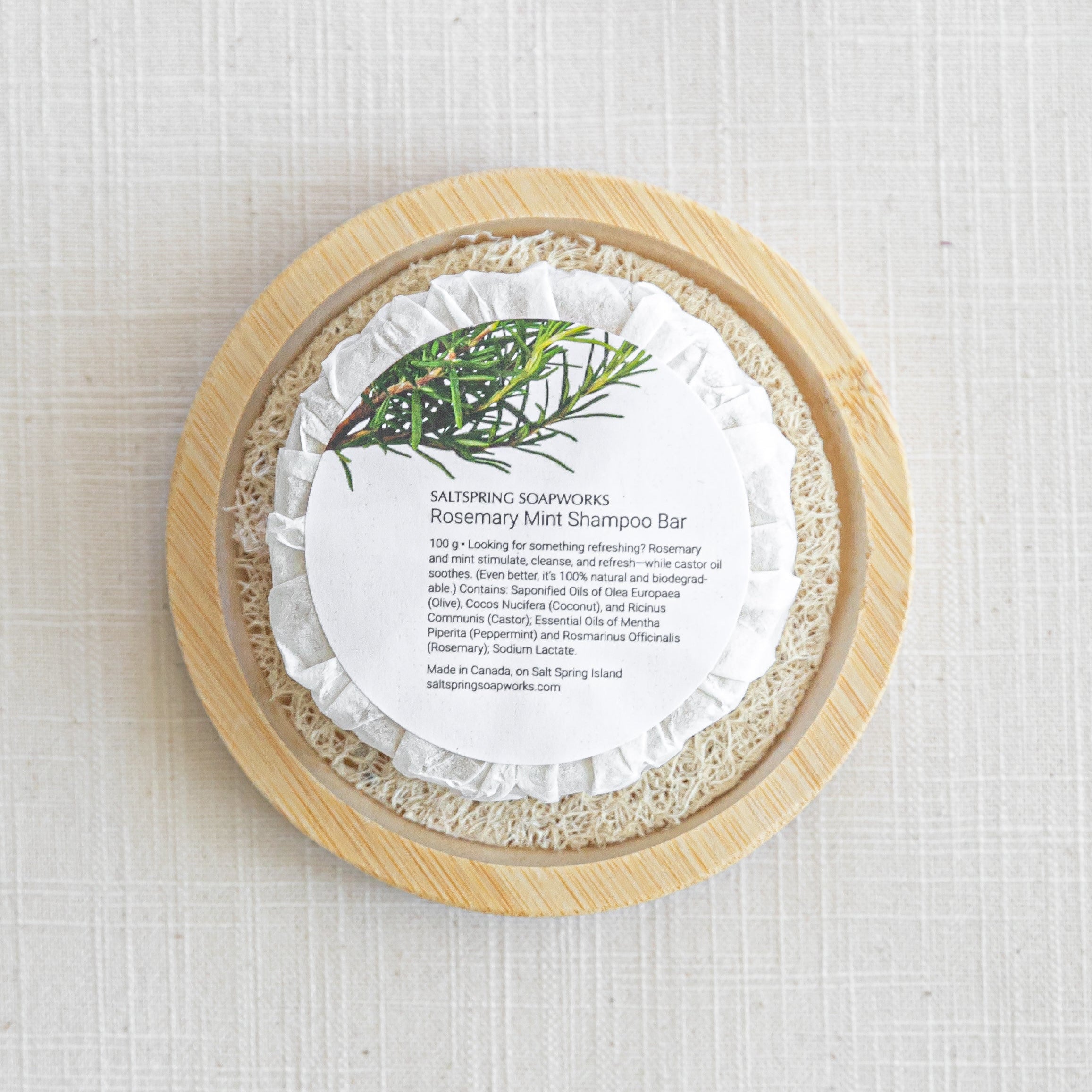
Rosemary Mint Shampoo Bar
This shampoo bar features soothing caster oil for soft, silky hair—and essential oils of invigorating rosemary and stimulating mint, to cleanse and refresh.
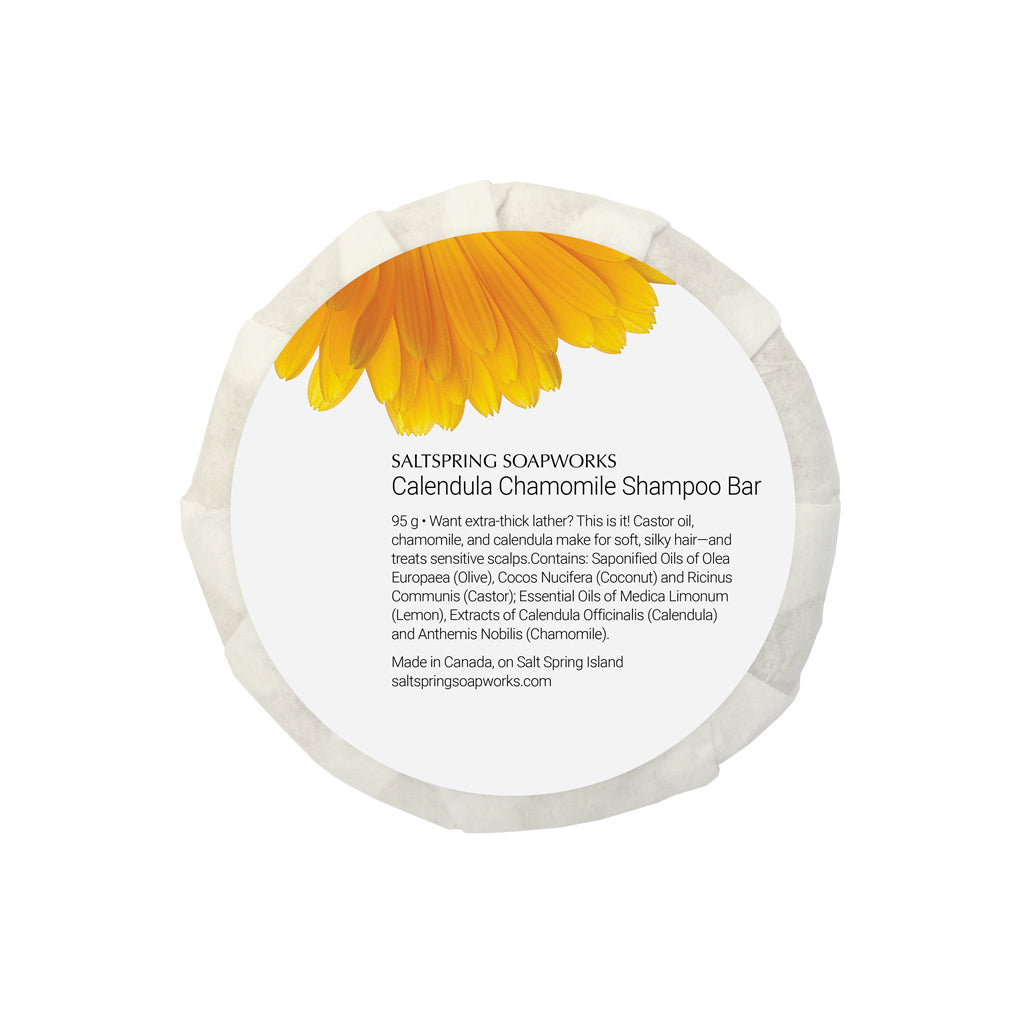
Calendula Chamomile Shampoo Bar
A bar specially formulated for those with fine, light, hair and sensitive scalps. This shampoo bar has extra-thick lather that’ll make your hair soft and silky.
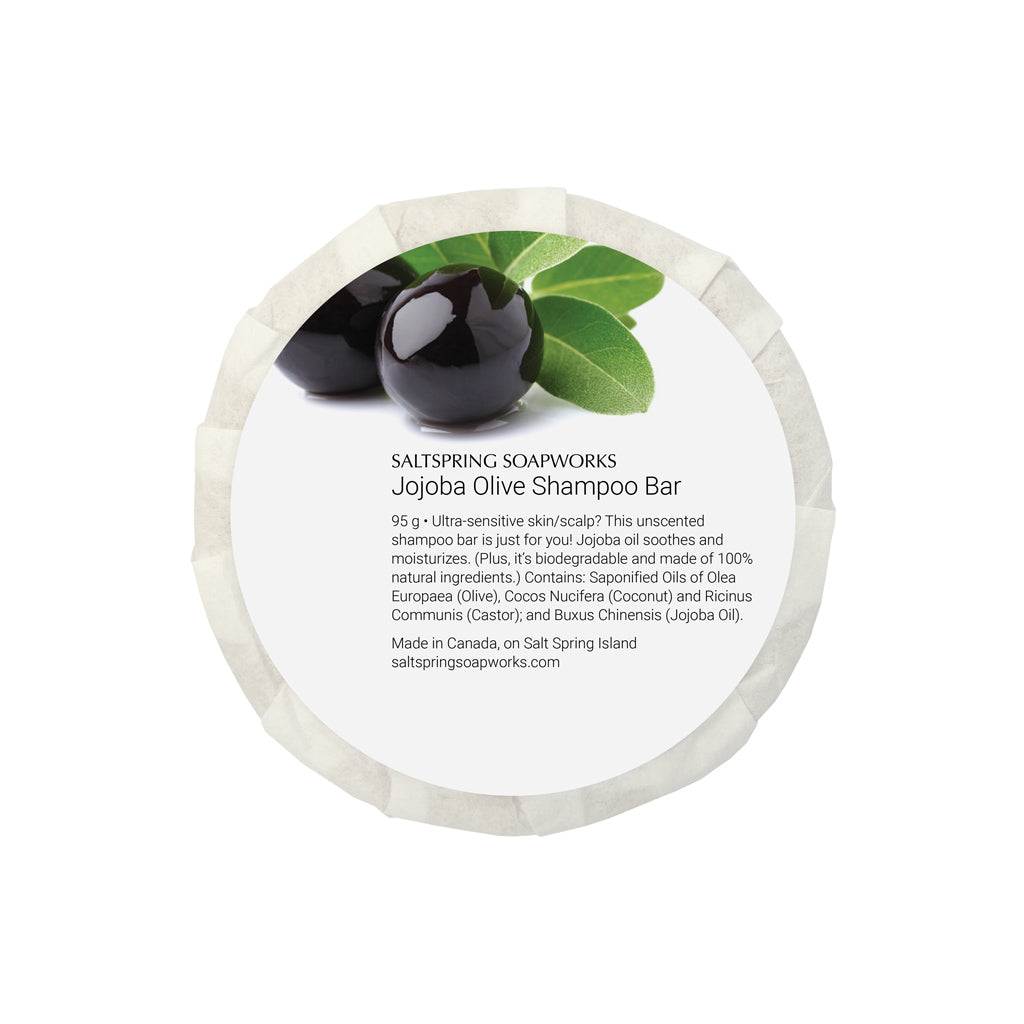
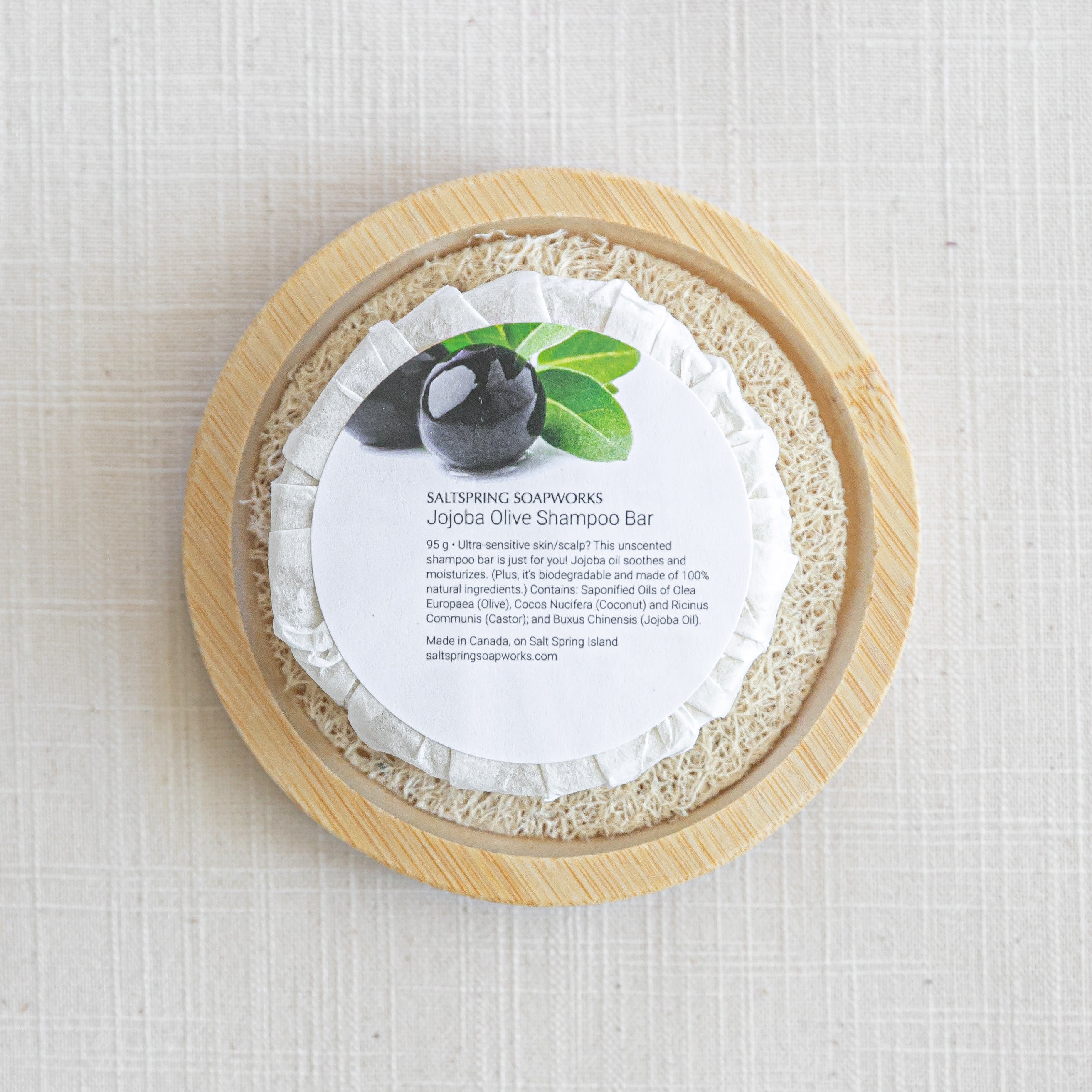
Jojoba Olive Shampoo Bar
Ultra-sensitive skin/scalp? This unscented shampoo bar is just for you! Jojoba oil soothes and moisturizes. (It’s biodegradable and from natural ingredients.)
Benefits of our natural shampoo bars
Minimal packaging
Our shampoo bars are almost entirely packaging-free, which reduces waste. Additionally, their concentrated form makes demand fewer shipping resources. This makes them better for the environment than bottled shampoo—and as close to zero-waste as we can get.
Simple ingredients
We use simple and natural ingredients in our products, whenever possible. Our shampoo bars are no exception. These natural shampoo bars are preservative-free. Additionally, they don’t release chemicals, detergents, or plastic micro-beads into the environment.
Highly concentrated
Shampoo bars pack a punch. This is because they’re free of liquid, meaning you’ll use less soap per application—and your shampoo bar will last longer than the liquid shampoos you’re used to. (This also makes them more space efficient than liquid shampoos.)
Versatile
We love liquid shampoo and make a lot of it. That said, shampoo bars can be more convenient. They’re great for travel as there’s no worry of spillage. Additionally, they are small and lightweight—meaing you can take them in your carry-on baggage.
Multi-purpose
Shampoo bars are small, so, you can keep one in your gym locker—and you can use that same bar as a body wash. Going on a camping trip? Take a shampoo bar with you! With it you can wash your hair and body—and even your pets (if they get stinky and need a bath).
FAQs about about shampoo bars
It depends. Liquid shampoos can be specially formulated to address specific hair types; whereas, most shampoo bars are more general in nature. That said, many commercial shampoos contain detergents. These strip natural moisture from the hair and scalp. Shampoo bars clear away residue left by chemicals in traditional hair cleansers.
Soaps and shampoo bars use different formulations. The ingredients in shampoo bars are specifically balanced to work with hair (that said, shampoo bars can be used on your whole body). The big difference in these formulations relates to the types of oils used—and the amount. The recipes we use for our shampoo bars make them more suitable for lathering and moisturizing—without weighing down your hair.
That’s a difficult question to answer. We’re tempted to say “ours”, but we’re (admittedly) biased. Everyone’s hair care needs are unique. Shampoo bars are equally unique, with each one containing varying blends of moisturizing oils and butters. So, check the detailed notes on each of our soap bars to see which ones will do what you need. If you can’t find something suitable, run a Google search for shampoo bars and try some other brands—to find what’s right for you.
Bar shampoos can have a more waxy consistency due to high concentration of cleansers—and this wax can build up in your hair. To avoid build up, you can rinse your hair with apple cider vinegar. This will remove the waxy coating. It’ll also add shine to your hair. Also, if your hair is long, curly, or porous, shampoo bars might leave your hair more tangled or frizzy feeling.
Sometimes when people switch from commercial hair care to natural shampoo bars, there is a short period of adjustment for your hair—during which time chemical build-up starts coming out. We suggest rinsing with organic apple cider vinegar (Bragg’s brand works well), after you shampoo your hair. If your scalp is too sensitive for the vinegar, dilute the vinegar with water or tilt your head down—so you are just rinsing the hair with vinegar. Then use a small amount of our conditioner. You’ll find that the build-up comes out quicker and the vinegar leaves a nice shine.
There are many shampoo bars on the market, and they vary in type, ingredients, process, quality. That said, most shampoo bars contain cleansing oils, moisturizing oils, and some combination of essential oils, plants/botanicals, and/or fresh scents. We are very particular about the ingredients we use for our shampoo bars. We aim to include as few ingredients as possible—and of the highest quality we can source.
For the most part, soap is soap. Certain types work better than others, depending on your requirements. So, it’s all about what works for you. If you have notably dry hair, you might prefer using bar soap, as the added oil in it will moisturize your hair. (In some cases this might even allow you to skip using conditioner, altogether.)
It’s easy! Wet your hair thoroughly. Then, rub the shampoo bar against your wet hair. Start with your scalp and then work down to the ends. (This will start creating lather.) As you do, the shampoo will spread along your hair. Once finished, rinse your hair to wash away the soap. Finally, rinse off the shampoo bar, and place on a soap dish (with drainage).
They sure are. Our shampoo bars are free of sodium lauryl sulfate, ammonium lauryl sulfate, and all other preservatives. Additionally, they are silicone free, paraben free, and gluten free. They contain no detergents, artificial fragrance, color, alcohol, DEA, urea, or formaldehyde. They are also cruelty-free (we do not test on animals), vegan, and as sustainable as we can make them.
